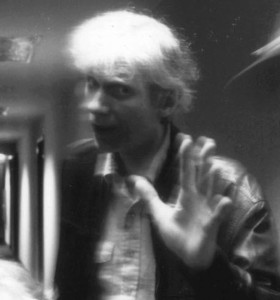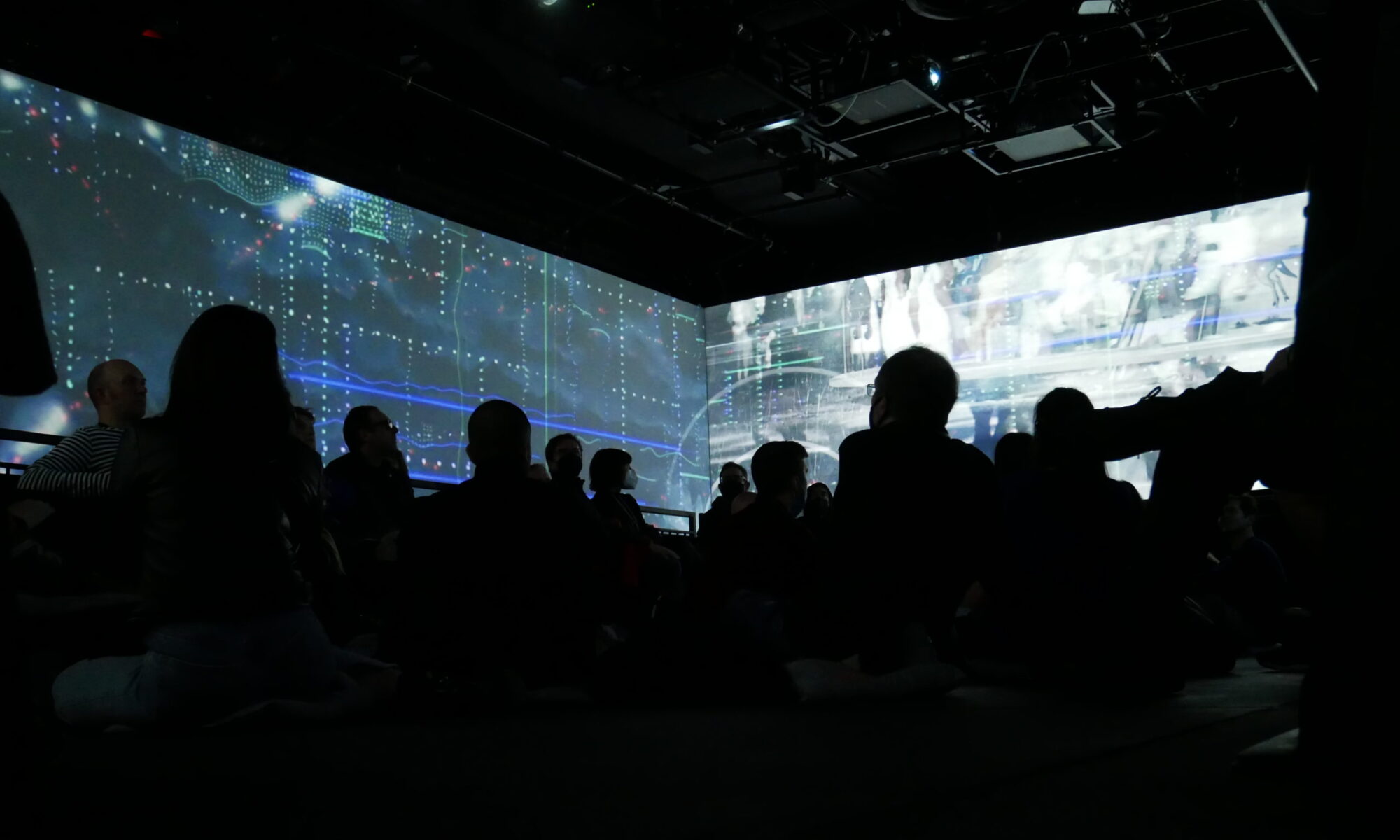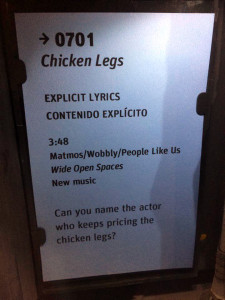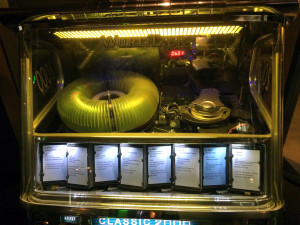
Don Joyce (Negativland, Over The Edge) has merged with the radio waves. Don was a close friend and amazing artist. His influence on the work of People Like Us is beyond measure. Here is a wonderful piece accurately conveying many of my own experiences, written by Jon Leidecker, who I also first met through Don.
Don Joyce lived in a second story flat off Telegraph Avenue in what is now the thoroughly gentrified Temescal district in Oakland, but when I visited the Negativland home studio for the first time in July of 1987, after nightfall you had to watch yourself on the way from your car to the front door. I was there to drop off source materials and discuss the theme for the coming week’s episode of Over The Edge, which, after two years of avid fandom, I had finally been invited to play. Don still had his programming day job at that point, and I discovered him in his room tinkering with the GUI for a primitive typing tutor program on his Mac SE with his left hand, while his right hand hovered near the pause button on a cassette deck recording KGO talk radio. Occasionally, while talking to me and coding with one hand, he’d unpause or repause the recording with the other, seemingly randomly. But I soon realized he was precisely waiting for silences between the host and his callers, and making sure host and callers still alternated in sequence. The resulting tape would still sound as if it were a conversation; it just wouldn’t be even remotely close to the one that had actually happened.
This approach to multi-tasking wouldn’t have been a surprise to anyone who’s heard Over The Edge, which I’d randomly channel surfed into at 12:30 in the morning two years before; at first I’d assumed I’d hit one of those magic nodes on the analog dial where two stations were coming in clearly at the same time, and paused to enjoy the accident. The slow rush of recognition came on over the next twenty seconds as I realized it was actually five to ten things at once: talk radio recordings and advertisements cut in with each other and twisted into dialogues, all while loosely played guitars and keyboards mingled with fragments of pop and soundtrack albums. And only when the sound of a disconnecting line terminated the guitar riff did I make that final connection: a number of the lower fidelity instruments and tapes were being contributed by live phone callers. I stayed up until the show ended at three, that night and many nights to come.


